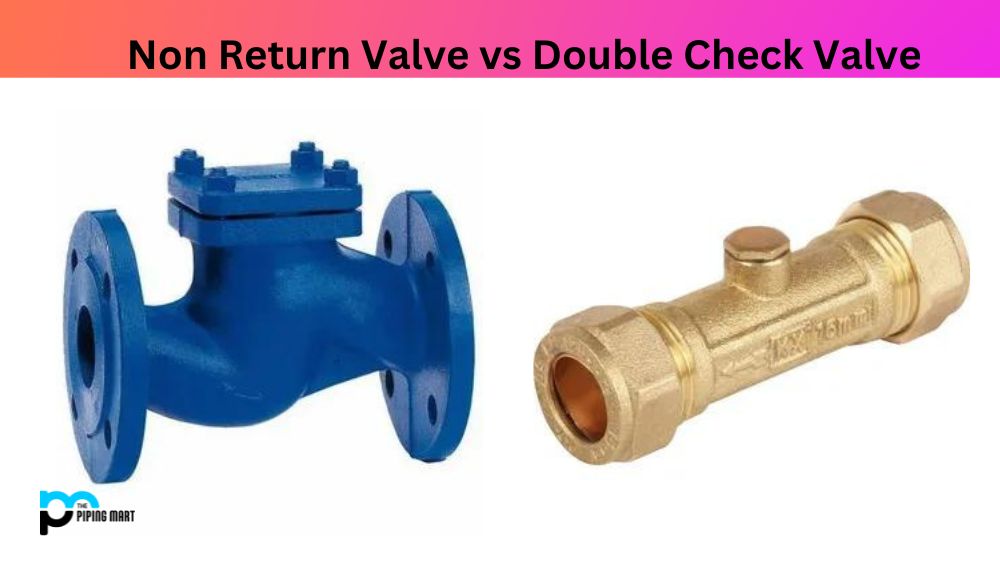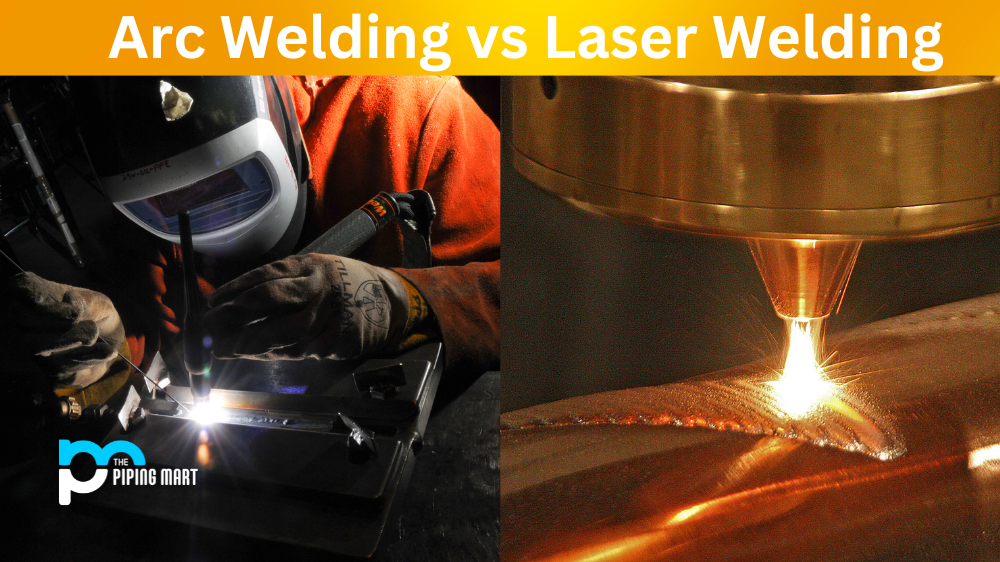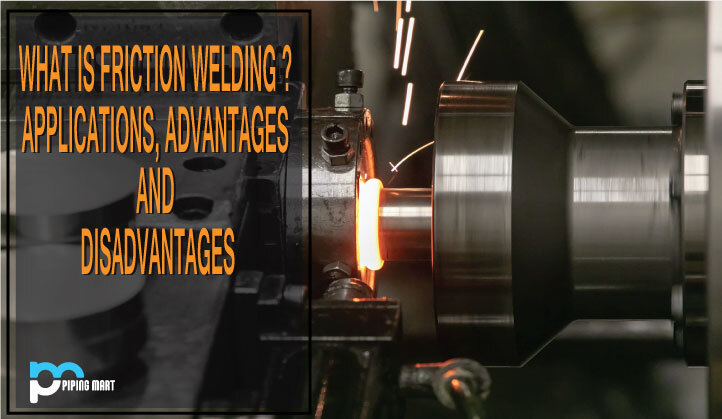If you are in the plumbing industry or have ever dealt with pipes, you have probably heard of the terms non-return valve and double-check valve. These are essential components of any plumbing system and are used to prevent backflow of water, chemicals or contaminants into the main water supply. While the two devices have similar functions, their designs and applications differ significantly. This blog post will examine the difference between non-return valves and double-check valves.
What is Non Return Valve?
A Non-Return Valve (NRV) is a mechanical valve that prevents the backflow of liquids and gases. It consists of a disc or flap-type mechanism, which is connected with the help of an axle to the body and works on differential pressure to open or close depending on the flow direction. NRVs are used in industrial and domestic applications to control water supply, sewer systems, air conditioning units, fuel tanks, etc.
What is Double Check Valve?
A Double Check Valve is a plumbing device designed to prevent the backflow of contaminated water into potable water systems. It consists of two independent check valves connected in series, creating an intermediate chamber that traps any potential contaminants. This valve provides an extra layer of protection against contamination, making it an invaluable component of modern plumbing systems.
Difference Between Non Return Valve and Double Check Valve
Design:
Non return valves are a type of one-way valve designed to allow fluid to flow in one direction only. They have a simple design and are used to block the flow of water or other fluids in the opposite direction. These valves rely on gravity to close when the flow stops, ensuring no water or fluid can flow in the opposite direction. On the other hand, double-check valves have two separate valves that must fail before backflow can occur. They incorporate two independently acting check valves, making them more reliable than a non-return valve.
Applications:
Non return valves are commonly found in plumbing systems and are used to stop wastewater or contaminated water from entering the mains water supply. They are also used in other applications, such as irrigation systems and fountains. Double check valves are used where there is a risk of backflow, for example, in commercial and industrial settings where chemicals are used, domestic water suctions and medical devices.
Maintenance:
Non return valves require minimal maintenance, as they are designed to operate automatically and do not require any manual adjustments. They should be routinely checked for signs of wear and tear and debris buildup, which could compromise their functioning. In contrast, double-check valves require regular maintenance and testing to ensure they remain in optimal working condition. They need to be inspected annually by a professional plumber to ensure that both valves are functioning correctly and that no leaks are present.
Cost:
Non return valves are generally less expensive than double-check valves. The simple design and minimal parts needed to manufacture a non-return valve make them a cost-effective option for residential and light commercial applications. Double-check valves are more expensive than non-return valves due to their complex design and manufacture.
Standards:
Non return and double-check valves must meet specific standards depending on their intended use. In the UK, all non-return valves used in plumbing systems must comply with British Standard BS EN 13564-1. Double-check valves must meet British Standard BS EN 12729. These standards ensure that both types of valves meet safety and performance requirements.
Conclusion:
While both non-return and double-check valves prevent backflow in plumbing systems, their designs and applications differ significantly. Non-return valves are simple, cost-effective, and require minimal maintenance, making them ideal for many residential and light commercial applications. In contrast, double-check valves are more reliable and thus more commonly used in industrial, commercial, and high-risk applications. Choosing between the two valves is important to consider their intended applications and the maintenance required to keep them in optimal working condition. If you are still deciding what valve to use, always seek advice from a qualified plumber.




